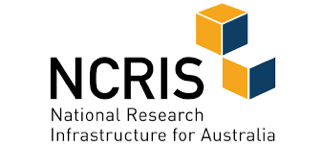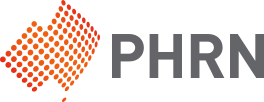The application process is iterative and may take considerable time from the submission of an application to the receipt of data.
This depends on how quickly a project is deemed technically feasible and receives all necessary Data Custodian and HREC approvals. Note that while CHeReL can assist researchers with obtaining NSW Data Custodian approvals, we do not have oversight of their responsiveness.
Only once all approvals are in place, a linkage is placed in the queue for linkage. The duration of linkage itself depends on both the availability of resourcing, and the complexity of your linked data request, data quality, cohort size, number of datasets etc.
Exceptional circumstances, such as an escalation for further review, failure of an applicant to respond to feedback, or delays in the provision of external data, may warrant a longer timeframe.
Please allow plenty of time for the approval process and data extract to be completed.
 New South Wales Health
New South Wales Health



